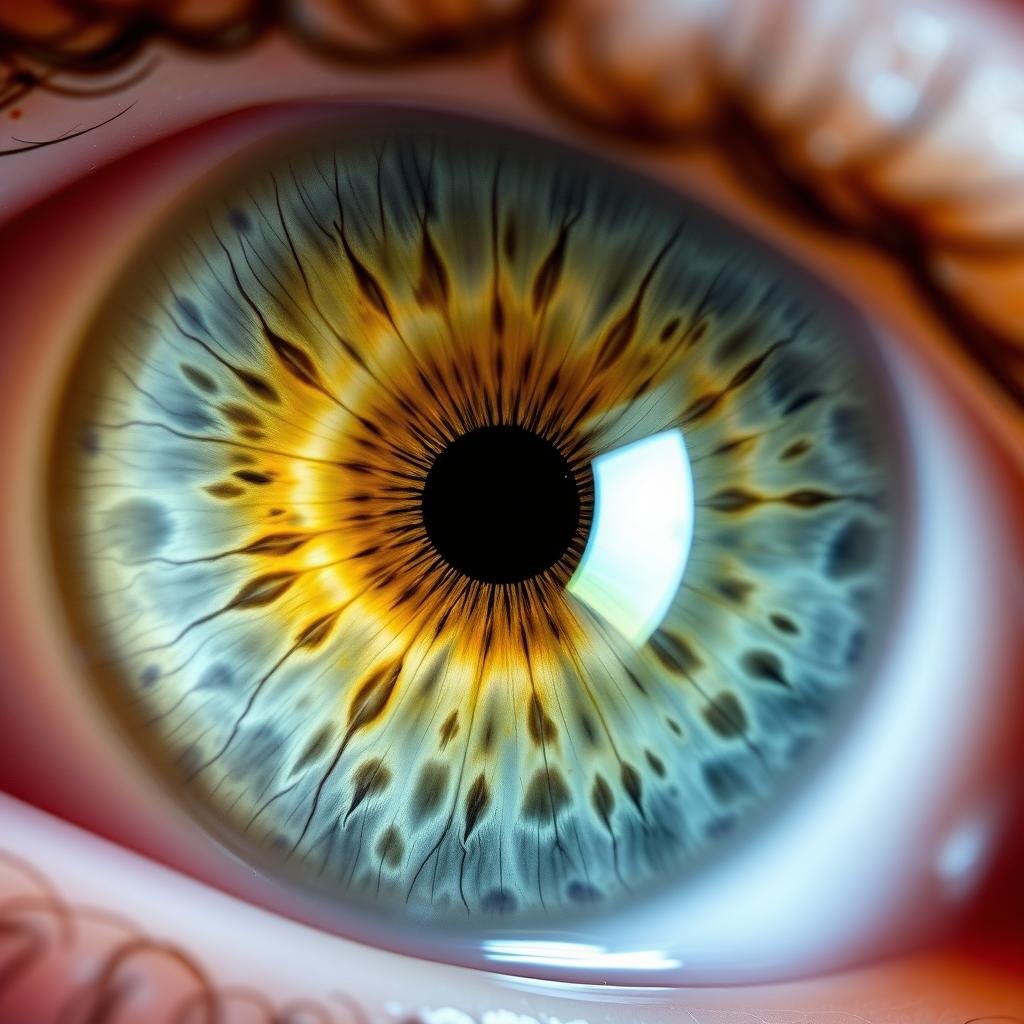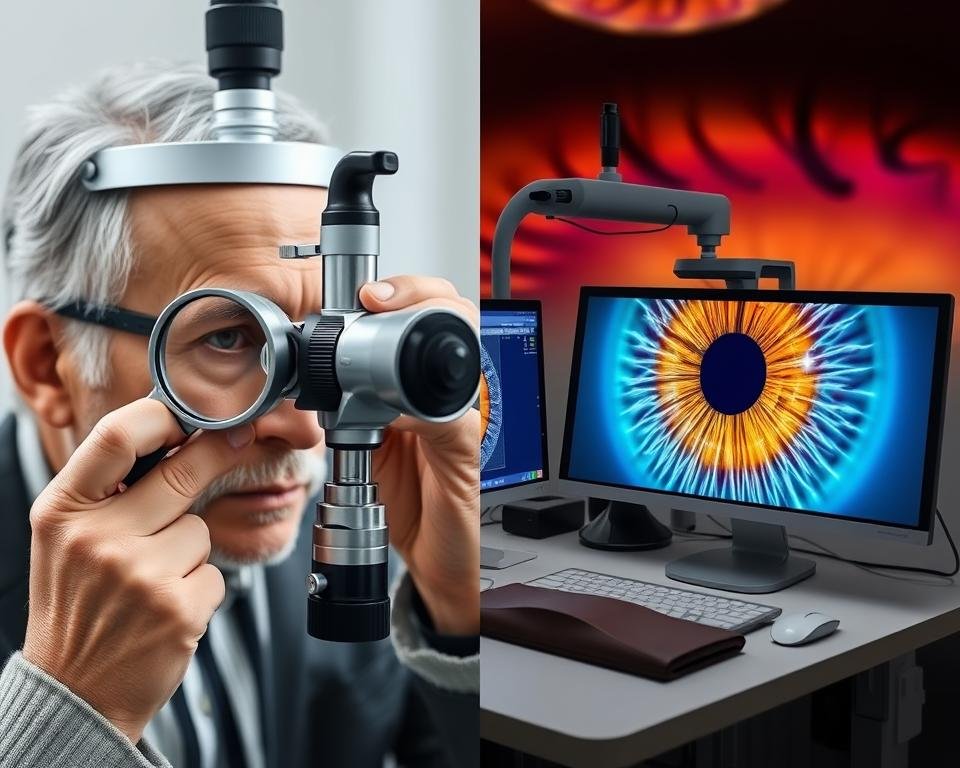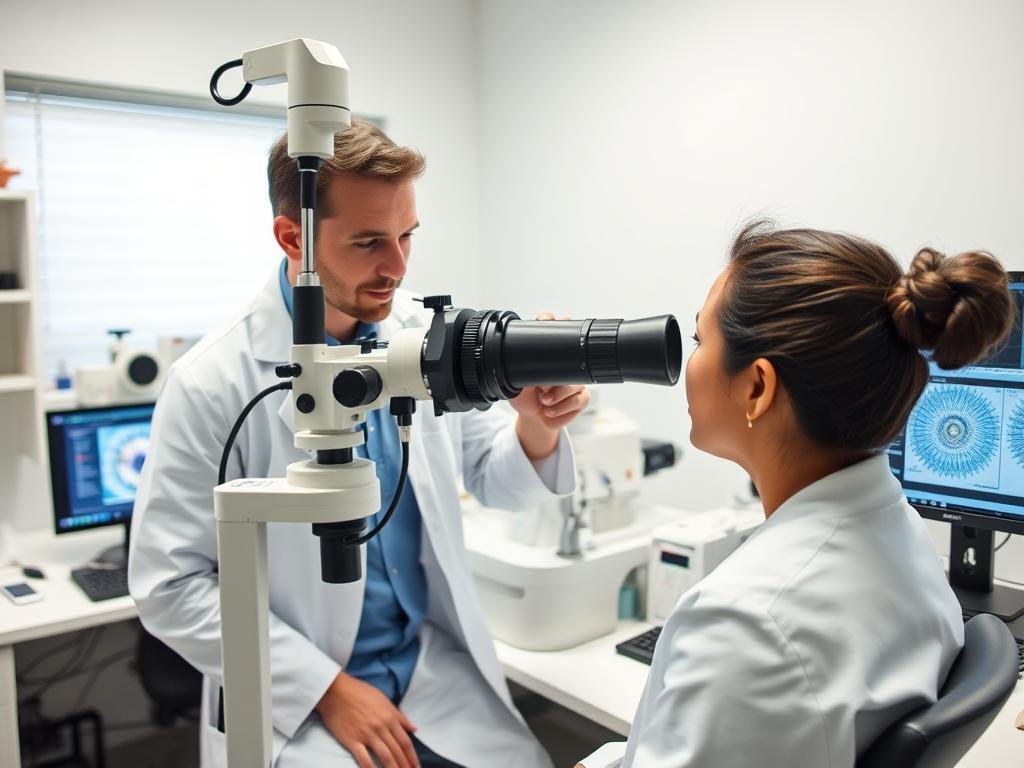The ancient practice of examining the iris to assess health has evolved into a specialized field where trained practitioners analyze intricate patterns in your eyes. An Iridologista serves as a unique bridge between traditional and alternative medicine, offering insights into your body’s condition through careful examination of the colored part of your eye. This comprehensive guide explores how these specialists work, what they can detect, and their place in modern holistic health care.
What is an Iridologist?
An Iridologist is a health practitioner who specializes in analyzing patterns, colors, and other characteristics of the iris to evaluate a person’s overall health condition and identify potential areas of weakness or concern in the body.
Iridologists operate on the principle that the iris contains a detailed map of the body, with different zones corresponding to specific organs and systems. Through careful examination, these practitioners can identify signs of inflammation, toxin accumulation, and other health issues that may not yet be symptomatic.
The History of Iridology
The foundations of modern iridology can be traced back to Ignaz von Peczely, a Hungarian physician who, in the 1860s, noticed changes in the iris of an owl after it suffered a broken leg. This observation led him to develop the first iris chart mapping body regions to specific areas of the iris.
In the early 20th century, Dr. Bernard Jensen further developed these concepts in the United States, creating more detailed iris charts and bringing iridology into mainstream alternative medicine. Today’s Iridologists combine these traditional approaches with modern technology for more precise analysis.



Historical iridology chart developed by Dr. Bernard Jensen showing iris zones mapped to body organs
How Iridologists Assess Health
When you visit an Iridologist, the examination process follows several key steps designed to gather detailed information about your health through iris analysis. Understanding this process helps clients know what to expect during their consultation.
The Iridologist Examination Process
- Initial Consultation – The practitioner takes your health history and discusses your current concerns.
- Fotografia de Íris – High-resolution images of both irises are captured using specialized equipment.
- Detailed Analysis – The Iridologist examines the iris structures, colors, and patterns using magnification.
- Mapping to Body Systems – Findings are correlated to specific organs and systems using iridology charts.
- Health Assessment – The practitioner provides insights about potential health imbalances or weaknesses.
- Recomendações – Suggestions for dietary changes, supplements, or further testing are provided.

Interpreting Iris Signs
Iridologists look for specific indicators in the iris that may suggest health conditions:
Variações de cores
Changes in pigmentation or discoloration in specific iris zones may indicate inflammation or congestion in corresponding body areas.
Structural Features
Fibers, rings, spots, and other structural elements provide information about genetic predispositions and acquired health conditions.
Pupil Abnormalities
The shape and responsiveness of the pupil can offer insights into nervous system function and potential hormonal imbalances.
Sclera (White of Eye)
While not part of the iris, many Iridologists also examine the sclera for additional health indicators.

Close-up of an iris showing various markings that Iridologists interpret as health indicators
Iridologist vs Ophthalmologist
Understanding the differences between an Iridologist and an ophthalmologist helps clarify their distinct roles in health care. While both professionals examine the eyes, their approaches, training, and objectives differ significantly.
| Aspecto | Iridologista | Ophthalmologist |
| Educação | Certificate or diploma in iridology; often has background in alternative health | Medical doctor (MD) with 4+ years of specialized training |
| Foco | Analyzes iris patterns to assess overall body health | Diagnoses and treats eye diseases and vision problems |
| Abordagem diagnóstica | Observes iris for signs corresponding to body systems | Uses medical tests and equipment to evaluate eye health |
| Treatment Capabilities | Provides health recommendations and referrals | Prescribes medications, performs surgery, treats eye conditions |
| Scientific Recognition | Limited scientific validation; considered alternative | Established medical specialty with extensive research |
Traditional vs Modern Iridology
Abordagem Tradicional
Early Iridologists relied solely on visual examination and hand-drawn charts. Their analysis was based on observation without technological assistance, using standardized charts developed by pioneers like von Peczely and Jensen.
Abordagem Moderna
Contemporary Iridologists often incorporate digital imaging technology, specialized software, and more nuanced understanding of physiological connections. Many integrate findings with other holistic assessment methods for a more comprehensive view.

Case Studies from Professional Iridologists
Examining real-world examples helps illustrate how Iridologists work with clients to identify and address health concerns. These anonymized case studies demonstrate the practical application of iridology principles.
Case Study: Digestive Issues
Perfil do cliente: 42-year-old female with chronic digestive complaints and fatigue
Iris Findings: The Iridologist identified specific markings in the digestive zone of the iris, suggesting inflammation and potential food sensitivities.
Recomendações: Elimination diet to identify trigger foods, digestive enzymes, and increased hydration.
Resultado: After three months, the client reported significant improvement in digestive symptoms and energy levels after removing gluten and dairy.
Case Study: Stress and Adrenal Fatigue
Perfil do cliente: 35-year-old male with sleep disturbances, anxiety, and declining work performance
Iris Findings: The Iridologist noted specific patterns in the adrenal and nervous system zones of the iris.
Recomendações: Stress management techniques, adaptogenic herbs, and modified exercise routine.
Resultado: Client experienced improved sleep quality and reduced anxiety after implementing the suggested protocol for two months.

Before and after iris images showing changes following a 6-month iridology-based health protocol
Becoming a Certified Iridologist
For those interested in pursuing iridology as a profession, several pathways to certification exist. While iridology is not regulated by governmental medical boards in most countries, professional organizations offer training and credentials.
Education and Training Requirements
- Foundational Knowledge – Background in anatomy, physiology, and basic health sciences is recommended.
- Specialized Training – Completion of an iridology certification program (typically 100-200 hours).
- Practical Experience – Supervised practice analyzing iris photographs and conducting assessments.
- Educação continuada – Ongoing learning to stay current with developments in the field.

Certification Organizations
Several reputable organizations offer iridology certification programs:
Associação Internacional de Profissionais de Iridologia (IIPA)
Offers comprehensive certification programs with different levels of expertise and international recognition.
National Iridology Research Association
Provides training with emphasis on integrating iridology with other natural health modalities.
Institute of Integrated Iridology
Specializes in teaching modern approaches that combine traditional iridology with contemporary health science.
Start Your Journey as an Iridologist
Discover comprehensive training programs that will prepare you for a rewarding career in iridology. Learn to analyze iris patterns and help clients achieve optimal health through natural approaches.
Explore programas de certificação
Integrating Iridology with Other Therapies
Iridologists often work as part of a holistic health team, complementing other modalities to provide comprehensive care. This integrative approach allows for a more complete picture of a client’s health status.
Complementary Modalities
Nutritional Therapy
Iridologists often identify nutritional deficiencies that can be addressed through targeted dietary changes and supplementation.
Herbal Medicine
Iris analysis can suggest which body systems might benefit from specific herbal remedies to restore balance.
Acupuncture
Findings from iridology can complement acupuncture by identifying energy imbalances in specific meridians.
A Holistic Approach to Health
The most effective Iridologists view their practice as one component of a broader approach to wellness. By integrating iris analysis with other assessment methods and therapies, they can provide more comprehensive support for their clients’ health journeys.

“The true value of iridology lies not in isolation but in its integration with other holistic practices, creating a comprehensive picture of an individual’s health status and needs.”
– Dr. Ellen Jensen, Contemporary Iridologist and Educator
Perspectiva científica sobre iridologia
The scientific community has varying views on iridology, with some studies questioning its diagnostic validity while others suggest potential applications in certain health assessments.
Evidência de apoio
- A 2015 study in the Journal of Alternative and Complementary Medicine found correlations between certain iris signs and inflammatory conditions.
- Research from the University of Munich (2018) suggested potential applications for iris analysis in identifying predispositions to specific health conditions.
- Case studies documented by the International Iridology Research Association show consistent patterns in iris changes corresponding to known health conditions.
Limitações e críticas
- A systematic review published in 1999 examined four controlled studies and found insufficient evidence to support iridology as a diagnostic tool.
- Critics point to the lack of standardized protocols and potential for subjective interpretation of iris signs.
- Conventional medical organizations generally do not recognize iridology as a validated diagnostic method.

Finding a Qualified Iridologist
When seeking an Iridologist, it’s important to find a qualified practitioner with proper training and credentials. Here are key considerations to help you make an informed choice:
- Verify Credentials – Look for certification from recognized organizations like IIPA or similar institutions.
- Check Experience – Ask about their years in practice and areas of specialization.
- Request References – Seek testimonials or reviews from previous clients.
- Interview the Practitioner – Discuss their approach and how they integrate findings with other health practices.
- Understand Limitations – Ensure they present iridology as a complementary assessment tool, not a replacement for medical diagnosis.
Encontre um iridologista perto de você
Connect with qualified iridology practitioners in your area who can provide personalized health assessments based on iris analysis.
Search Practitioner Directory

Perguntas freqüentes sobre iridologia
Can an Iridologist Diagnose Diseases?
No, Iridologists do not diagnose specific diseases. Instead, they identify patterns and signs in the iris that may indicate imbalances or weaknesses in various body systems. These observations can highlight areas that may benefit from support or further medical investigation, but they do not constitute medical diagnoses. Always consult with healthcare providers for proper diagnosis and treatment of medical conditions.
Is an iridology session painful or invasive?
Iridology sessions are completely non-invasive and painless. The practitioner simply examines your iris visually or takes photographs for analysis. There is no touching of the eye itself, making it comfortable even for those sensitive about their eyes.
How often should I see an Iridologist?
Most Iridologists recommend an initial assessment followed by follow-up visits every 6-12 months. However, this can vary based on individual health needs and the recommendations of your practitioner. Some people may benefit from more frequent sessions when addressing specific health concerns.
Can children benefit from iridology?
Yes, iridology can be performed on people of all ages, including children. Many Iridologists work with families to identify potential health tendencies early and suggest supportive measures. The non-invasive nature of iridology makes it particularly suitable for children who might be uncomfortable with more invasive health assessments.
Embracing Holistic Health with Iridology
Iridology offers a unique window into understanding your body’s strengths, weaknesses, and potential health challenges. While not a replacement for conventional medical care, the insights provided by a qualified Iridologist can complement your health journey by highlighting areas that may benefit from attention and support.
Whether you’re curious about what your eyes reveal about your health or considering iridology as a career path, this ancient yet evolving practice continues to fascinate and provide value in the realm of holistic health care. By understanding both its capabilities and limitations, you can make informed decisions about incorporating iridology into your wellness approach.
Dê o próximo passo em sua jornada holística de saúde
Whether you’re seeking an assessment or interested in learning more about iridology, we’re here to help you explore this fascinating field.
Agende uma Consulta
Learn More About Iridology













